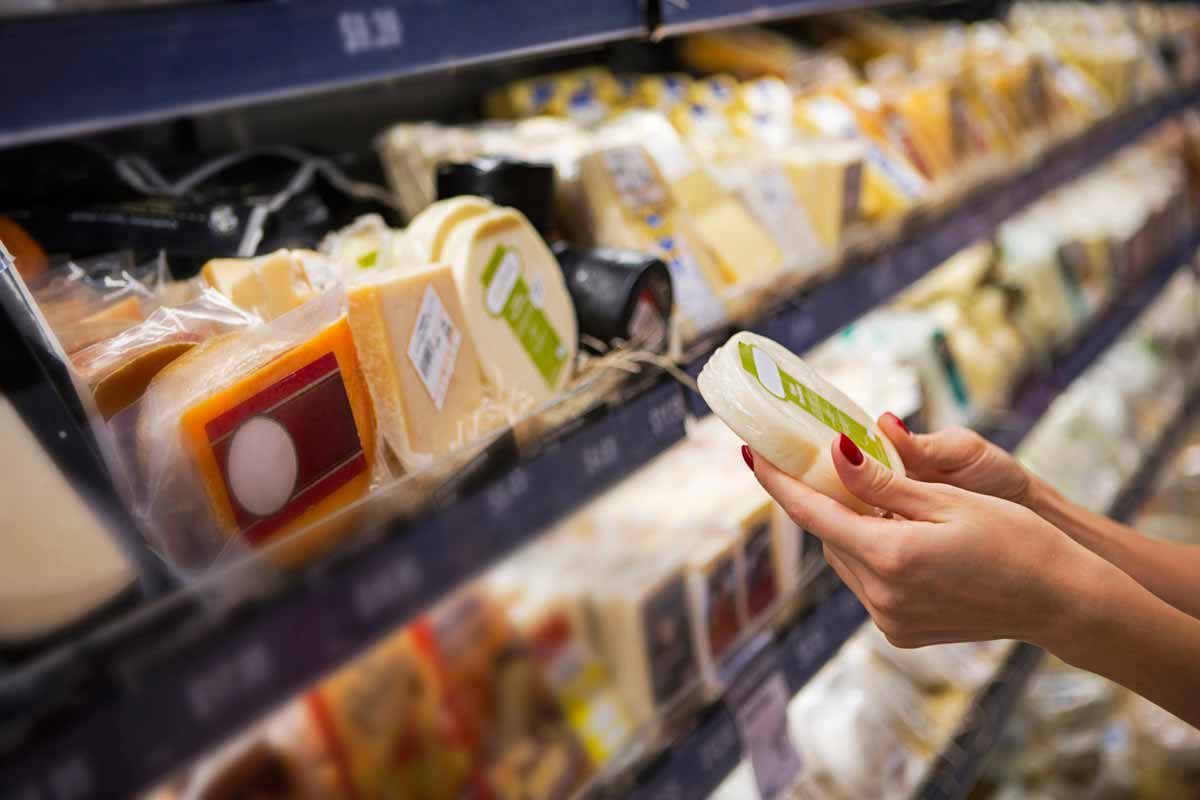Testing for contaminants in food and food packaging
About testing for contaminants in food and food packaging
Consumers are increasingly concerned about the chemicals in their food. Harmful chemicals can enter our food by migration from environmental contamination and from food contact materials, which include final food packaging, supply chain packaging materials and food handling equipment. Futthermore, toxic chemicals in food packaging can contaminate the recycling stream and end up in products made from recycled materials, compromising a clean circular economy free of hazardous chemicals.
EDF has identified a top-ten list of chemicals of concern in food packaging and food handling equipment where the potential health impacts from their migration into food raises serious concerns. When companies work to prevent these chemicals from contaminating their food, they can improve consumer trust and minimize the impact of future chemical regulations on their bottom line.
Testing your products and packaging for these chemicals is one way to identify where issues may exist in your portfolio and to ensure your progress towards a commitment to safer food. For companies striving to be sustainability leaders, taking steps to ensure products and packaging are free of chemicals of concern is a tangible way to demonstrate a commitment to sustainability.

EDF’s recommendations for testing for key contaminants in food and food packaging
PFAS
Periodically test food ingredients that are potentially contaminated with PFAS using FDA’s approved method, and investigate possible sources whenever measurable PFAS is found.
Systematically screen fiber products intended to contact food using a total fluorine method, and investigate levels over 100 parts per million (ppm) that indicate likely intentional use.
Phthalates
Systematically test gloves, films, liners, and other expendable materials that may contact foods for ortho-phthalates (o-phthalates) using a CPSC-accepted, third-party certified lab using CPSC’s approved method and investigate levels over 100 parts per million (ppm) that indicate likely intentional use.
Heavy Metals
Systematically test food products and ingredients that are potentially contaminated with arsenic, cadmium or lead using FDA’s approved method and investigate possible sources where measurable levels are found. In the instances where FDA has set a tolerance, investigate when levels are above one-tenth of the tolerance.
Periodically test all packaging that contacts food anywhere along the supply chain for arsenic, cadmium, or lead using a CPSC-accepted, third-party certified lab that evaluates children’s products for lead using CPSC-approved methods Investigate any measured levels over 10 parts per million (ppm) for any one of the heavy metals.
Perchlorate
Companies should strategically test food and food ingredients that are potentially contaminated with perchlorate using a method used by the Food and Drug Administration (FDA) that is capable of measuring as low as three parts per billion (ppb). Companies should investigate possible sources where any perchlorate is found.
The “Learn more” links provide additional details about products and materials to prioritize for testing as well as testing methodologies.
It’s time to pursue testing as a solution to ensuring toxic chemicals aren’t in your food and food packaging.
